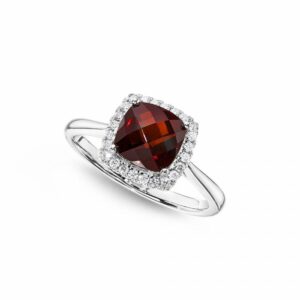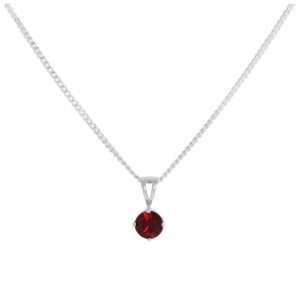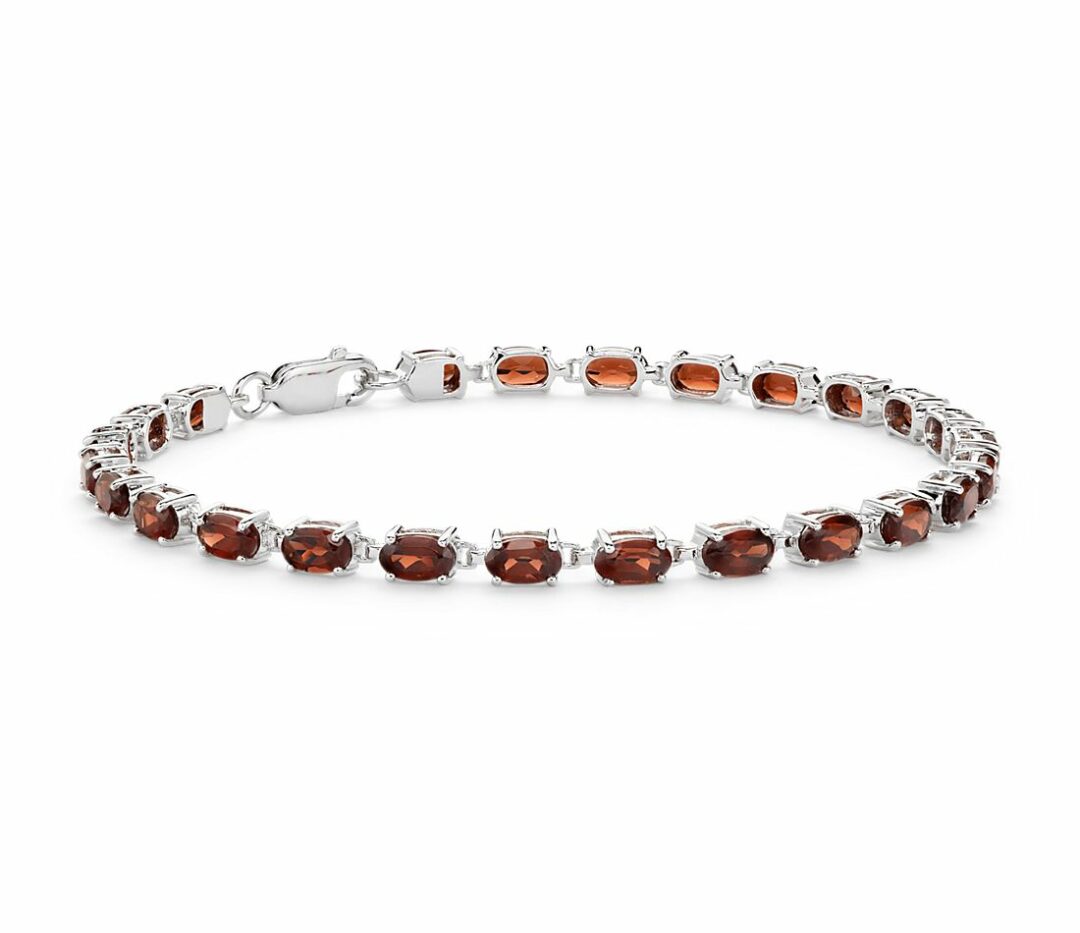A new year is here and a new start is certainly promised. As we return to our workshop after an interesting and different Christmas we once again get back to our beautiful bespoke diamond jewellery, loose fancy coloured diamonds and gorgeous diamond engagement rings. Well rested from our break, we continue on with our series of monthly birthstones we turn to January (full of promises as many return with renewed hopes and strengths) with the deeply rich and stunning Garnet.
Usually red, Garnets come in a simply astounding range of gorgeous colours, including orange, yellow, purple and vibrant green. What’s more, there exists Garnets that can change colour from blue to purple in different lighting giving them a remarkable, ethereal feel. The gorgeous and varied colours are a truly beautiful addition to any jewellery box and make for a wonderful centrestone from which to create truly unique pieces. Working well with a range of metals (depending on the colour of the stone) white gold, yellow gold and even rose gold can make beautiful mounts to showcase the gemstone.
The History of January’s Birthstone
The name “Garnet” comes from the medieval Latin granatus, meaning “pomegranate”, in reference to the similarity of its luscious red colour. Used and treasured since the Bronze Age as gemstones and abrasives, the gorgeous stone is interconnected with the development of societies across the world. Ancient civilisations prized the gems and since antiquity there is evidence of proto-jewellery being found across ancient Rome in the form of signet rings and Egypt where necklaces studded with red garnets have been found in the tombs of adorned the pharaohs. Moving through history, garnet was also a popular gemstone with the European clergy and nobility of the Middle Ages.

Garnet is an interesting gemstone as the name refers to a group of various minerals. The concentration and composition of the minerals are responsible for the several shades in which Garnet can be found. Pyrope and almandine range from purple to red. Spessartine is found in exciting oranges and yellows, while andradite is mostly yellow to green (the gem variety demantoid). Grossular may have the widest range, from colourless through yellow to reddish orange and orangey red, as well as a strong vibrant green called tsavorite.
Where is Garnet found?
Garnets come from many different regions and countries. Bohemia was the primary source of the red pyrope garnets so popular during Victorian times. In 19th-century Russia, green demantoid garnets from the Ural Mountains were prized by the Russian royal family and used by the great jeweller Peter Carl Fabergé (1846–1920). Today, the African continent supplies much of the world’s garnet. Namibia is now producing demantoids, and most of the bright green tsavorites in the market come from Kenya, Tanzania and Madagascar. Namibia and Tanzania are also key sources of the rich orange-to-yellow spessartine garnets. For many years, Southern California’s Little Three mining area was known for producing this spellbinding gem, The birthstone for January is also found in Myanmar, Brazil, Iran, Afghanistan, Pakistan, India and Sri Lanka, among other countries.

What does Garnet represent?
Love and Friendship. With associations with the heart, blood, inner fire, and life force, garnets have long been considered symbols of love. Garnet symbolism also extends to friendship.
As we begin a new year, we wish all of our clients, friends and followers a healthy and safe start. As the leading provider of loose diamonds and fancy coloured diamonds in the UK we have access to a large inventory of diamonds. We welcome you to our workshop to meet our team and to see our range of pieces. Book your personal consultation today via info@diamondshg.co.uk or on +44 7951 060238.

